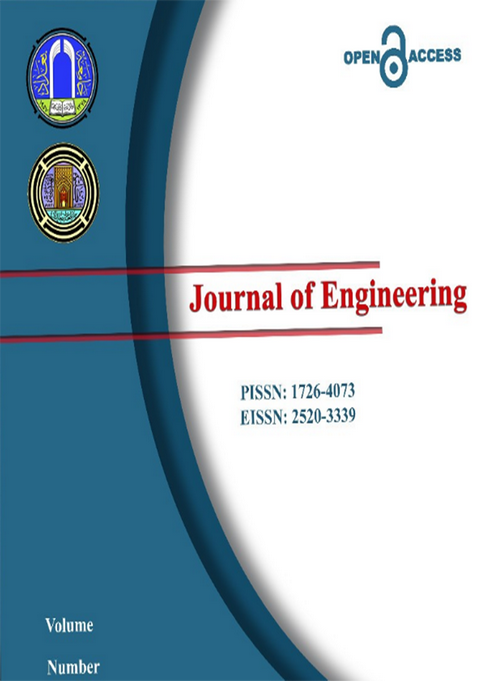Abstract
The manifestations of climate change are increasing with the days: sudden rains and floods, lakes that evaporate, rivers that experience unprecedentedly low water levels, and successive droughts such as the Tigris, Euphrates, Rhine, and Lape rivers.At the same time, energy consumption is increasing, and there is no way to stop the warming of the Earth's atmospheredespite the many conferences and growing interest in environmental problems.An aspect that has not received sufficient attention is the tremendous heat produced by human activities. This work links four elements in the built environment that are known for their high energy consumption (houses, supermarkets, greenhouses, and asphalt roads)according to what is known as the energy synergyto share them within a thermal network independent of the national network. This research concluded that an asphalt road with a length of 6 km is sufficient to heat more than 800 homes,in addition to valuable benefits accrued by hot countries, such as maintaining the quality of the asphalt layer, prolonging its life, and reducing traffic accidents.The supermarket, which needs cooling every day of the year, can meet its energy needs for cooling in the winter by heating the Greenhouse, while the heat flux is stored for each of the greenhouses and the supermarkets for the rest of the year in the thermal tank (TESS).
Keywords
Energetic Programming
Energy Circularity
Residual Heating
Smart city
sustainable building
Abstract
تتزايد مظاهر تغير المناخ مع الأيام: أمطار مفاجئة وفيضانات، بحيرات تتبخر، أنهار تعاني من انخفاض غير مسبوق في منسوب المياه، وجفاف متتالي مثل أنهار دجلة والفرات والراين ولابي. في الوقت نفسه، يزداد استهلاك الطاقة، ولا توجد طريقة لوقف ارتفاع درجة حرارة الغلاف الجوي للأرض على الرغم من العديد من المؤتمرات والاهتمام المتزايد بالمشاكل البيئية. أحد الجوانب التي لم تحظ باهتمام كافٍ هو الحرارة الهائلة التي تنتجها الأنشطة البشرية. يربط هذا العمل أربعة عناصر في البيئة المبنية المعروفة باستهلاكها العالي للطاقة (المنازل، المتاجر الكبرى، البيوت الزجاجية، والطرق الإسفلتية) وفقًا لما يُعرف بالتآزر الطاقوي لمشاركتها ضمن شبكة حرارية مستقلة عن الشبكة الوطنية. خلص هذا البحث إلى أن طريقًا إسفلتيًا بطول 6 كيلومترات كافٍ لتدفئة أكثر من 800 منزل، بالإضافة إلى فوائد قيّمة تتحقق للدول الحارة، مثل الحفاظ على جودة الطبقة الإسفلتية، وإطالة عمرها، وتقليل الحوادث المرورية. المتجر الكبير، الذي يحتاج إلى التبريد كل يوم من أيام السنة، يمكنه تلبية احتياجاته من الطاقة للتبريد في الشتاء عن طريق تدفئة البيوت الزجاجية، بينما يتم تخزين التدفق الحراري لكل من البيوت الزجاجية والمتاجر الكبرى لبقية العام في الخزان الحراري (TESS).
Keywords
التدفئة بالحرارة الزائدة، المدينة الذكية، برمجة الطاقة، البناء المستدام، تدوير الطاقة
